Q1 is an emitter follower, with its base set to 24V lower than the high voltage supply. Its emitter is therefore at 23V or so, and is providing the GND supply for the IC. The same could be achieved with just the zener diode, but that would require a lot of zener current, and would not regulate very well against varying IC supply current. Employing a transistor in this way keeps zener current much smaller and more consistent, and improves regulation of the IC's power supply:

simulate this circuit – Schematic created using CircuitLab
The role of the other transistor, Q2, is to act as a surrogate current source, to prevent the voltage at the IC's own current source output from falling too far in potential. That voltage could typically be only a volt or so above physical ground, and the potential difference between the IC's own ground and real ground could be huge, like 77V with a 100V supply. That's enough to cause damage to the IC:

simulate this circuit
Q2 develops most of that potential difference across its own C-E, while still permitting current from the IC's output to pass through R2. Q2 is configured with common base, where the base is held at a very high potential, and the emitter settles slightly above that:

simulate this circuit
With Q2's emitter (the IC output) so close in potential to the IC's own idea of ground, the actual potential at the IC's output is no longer a threat.
Naturally, some emitter current will be sunk via the base, which introduces a small current difference (error) at the collector, but the error will only be about \$\frac{1}{\beta}\$. Obviously, higher \$\beta\$ would be better in this respect.




